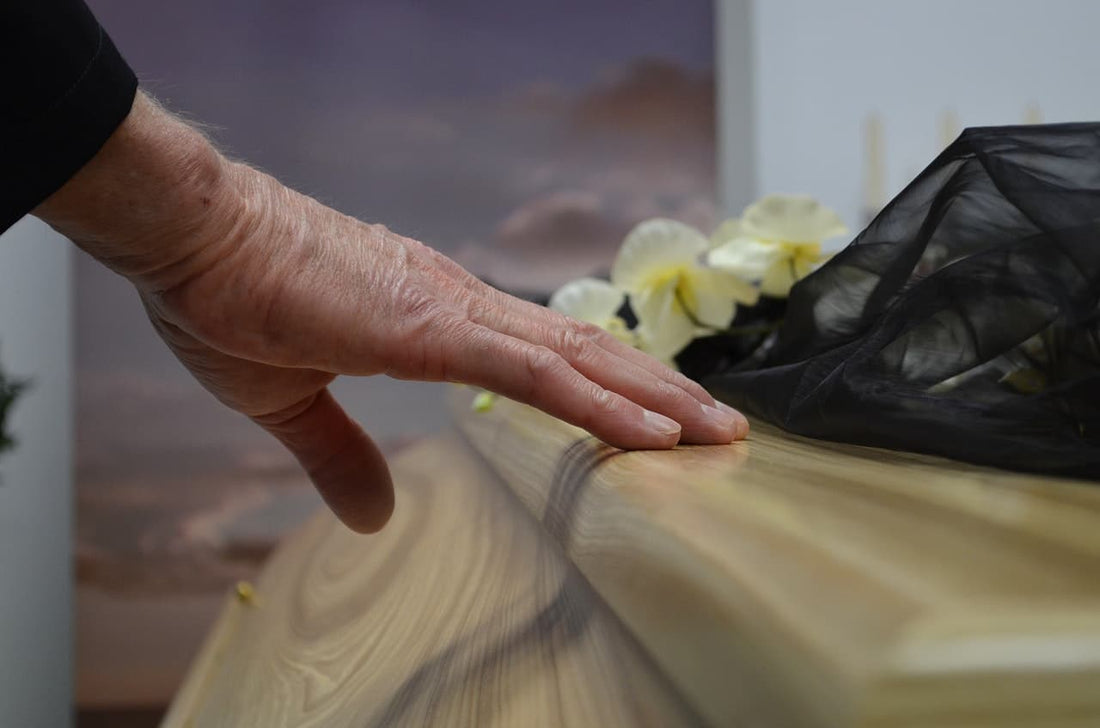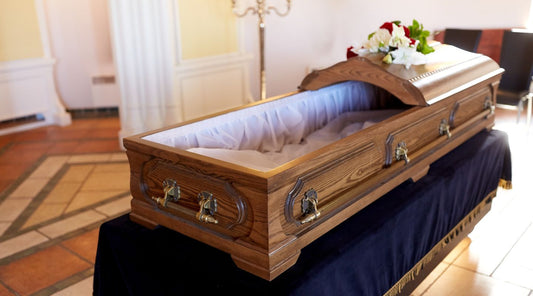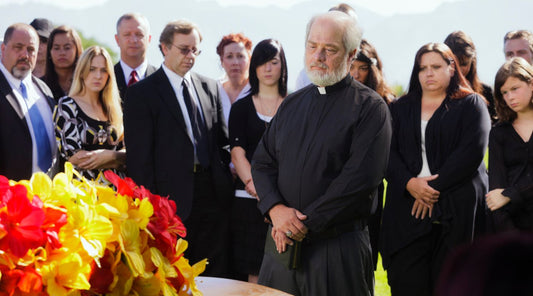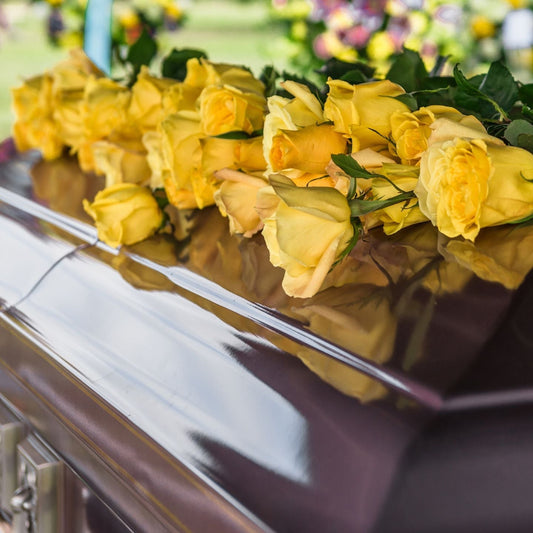
Cremation vs Burial- Differences, Prices Comparisons, Pros, and Cons.
The choice of opting for a cremation or a burial solely depends on the individual. This decision is mostly affected by a number of factors such as religion, family customs, traditions, budget, feasibility among others. Nevertheless, it is a decision that is a very personal one.
There has been much debate on which method is cheaper, is a more natural method, is more socially acceptable, and so on. But, recent times have shown that both incur almost the same amount of expenses. The two processes involve various expenditures but in different ways.
It will be helpful to understand the basics of both the methods and make an informed decision based on facts and figures. This article will compare and contrast the two types, discuss the budgets involved and give a list of the pros and cons of both.
Cremation Vs Burial- What is the difference?
Cremation

Cremation is the process of burning the body in a cremation chamber under high heat and pressure. The heat in the chamber can go up to between 1,400 and 1,800 degrees Fahrenheit. The cremation process takes 1-3 hours depending on the weight, and size of the body. It ensures that the whole mass turns into ash.
After the process is completed, the ash is collected in an urn and then given to the family members. The family can choose either to bury the urn, scatter the ashes, or preserve it as keepsake urns. Some people even make cremation jewelry from the ashes of the deceased.
Burial

A basic burial is a process of placing the body in a casket or a vault and burying it underground. It is the oldest and most traditional form of burial which continues to still be in practice. The first step in the process is the cleaning and disinfecting the body.
Embalming the body with chemicals a.k.a embalming fluid is essential to preserve the body during the funeral service or for viewing. Most people choose burial since they want the body to decompose in a more natural way. They also prefer the burial process more since everybody is used to it.
What are the things required for cremation Vs burial?
Products used for cremation
If a family choose cremation, then they will have to purchase the following products:
Casket rental: Many families may choose to hold a viewing or a funeral service before the cremation. In such cases, a casket is rented to hold the body during the service.
Cremation casket: The body will be placed in a cremation casket during the process. It is typically made of wood or wood veneer.
Basic urn: The urn is where the ashes of the cremated remains will be collected and preserved. There are different types of urns available these days- from urns made of metal to biodegradable urns.
Products used for burial
Basic burial services will require the following products:
Casket: In the burial process, the family must purchase a casket and not get a casket rental. The caskets or coffins are typically made of wood and come in different styles, and colors. The metal casket is also a popular choice since they are more long-lasting than wooden ones.
You can even go for a biodegradable casket these days if you want green burials... Along with the person, the casket can hold other belongings that were much loved by the person.
Cemetery plot: If the family does not have a family or ancestral land, then purchasing a cemetery plot is required to bury the dead. Buying a plot is expensive and most of the expenditure goes into buying a plot.
Burial Vault: A burial vault is necessary to avoid sinking of the ground above the casket. It is usually constructed using concrete.
Headstone: A headstone is placed on the grave to locate the plot. Grave markers make it easier for visiting friends and family to spot the grave in later years.
What are direct cremation and direct burial?
As the name suggests, the body is either directly cremated or directed buried in direct cremation and direct burial. The steps of embalming the body, holding a funeral service, or carrying other religious customs are eliminated.
The body is directly put in a coffin, and then buried underground. A memorial service can be held after the process is over. The burial costs are decreased by a lot with this process.
In the same way, right after death, the body is directly put inside the chamber and cremated immediately. The cremated remains are later collected in cremation urns and a service held later if required. There are no additional cremation costs with direct cremation.
Most people opt for these direct methods if the person died in a place away from home. There may be issues with transit permits on time, and a traditional burial may not be possible. They are also more cost-effective than the traditional processes.
Cremation Vs Traditional Burial- Which is More Cost-Effective?
Many people do a cost comparison of the two if they are on a budget. If you look at the basic costs of both methods, then cremation may be a cheaper choice. However, the difference is not substantial enough to choose one solely based on cost.
More than the cost, it is about family wishes, family tradition, final wishes of the person, and personal beliefs which are deeply personal factors. Here is a breakdown of the approximate costs each of the methods incur. Remember, these prices are not fixed, and may vary according to the place, store, and season.
Cremation Costs
Casket rental: The casket used for holding the cremated remains may cost about $800.
Cremation: The cremation process itself will cost anything between $500 to $1000.
Cremation casket: Since this casket is eventually burnt, they are not made of expensive material. They typically cost about $800-1200.
Urn: Urns can start from about $280 and can go up to $5000 even. The expensive ones have precious stones, engravings, and other details on them.
Funeral director fees: The fees will vary upon the funeral home. This will cover the cost of services like general paperwork, death certificate, getting permits, and others. Good funeral homes will usually charge a total cost of approximately $2,500.
Most people choose cremation since it is a quicker process, unlike traditional burials. If the previous costs of cremation are still unaffordable, then the family can opt for direct cremation.
Burial Costs
Casket: Burial Caskets are most expensive since they are displayed during funeral services or viewings. On average, they can cost anywhere between $2,500 to $5000 at the funeral homes, or you can buy casket online from Trusted Caskets for half of the price.
Embalming: Embalming is done before the funeral and may cost about $700-1500.
Gravesite: If the person is being buried in a plot, then a gravesite will cost about $2500. Some people even do a graveside service to save costs on booking a funeral home or doing traditional funeral arrangements.
Headstone: A headstone is necessary if you plan to visit cemeteries to meet the loved ones in their final resting place. It may cost about $1,500.
Funeral director fee: As mentioned above, the fee for a funeral home is about $2,500.
The National funeral directors association, the national median cost of cremation with viewing and funeral was $5,365 in 2021, while that of burial was $9,420. It also reported that the rate of cremation surpassed that of burial in the past few years.
Is a funeral service or memorial service necessary?
Though it is not necessary to have funeral plans or arrange a memorial service, it is always a nice way to pay a final tribute to a family member. Funeral and other services can be expensive so you can choose to have either one if you are on a budget.
People who choose cremation prefer to hold a memorial service rather than a funeral. A basic service (burial) must include a funeral service. The average costs of both services are almost the same.
Cremation Vs Burial- Pros and Cons
Cremation Pros:
- Cremation is a cheaper option than a burial.
- The ashes can be transported from one place to the other easily.
- You can always have a formal service before or after the cremation.
- It is a quicker process and takes up less land space.
- There are many ways to honor loved ones, by scattering ashes, or making them into a piece of jewelry.
- It is considered more environmentally friendly.
Cremation Cons:
- Cremation is a permanent process and the body cannot be exhumed later on.
- The process may sometimes release harmful gases into the atmosphere.
- May not give a chance to the family members to properly mourn.
- Cremation has more closure disadvantages than burial.
Burial Pros:
- This process gives better closure to loved ones, by giving them more time to mourn.
- The body can be exhumed later if needed.
- Family can save memorial directories from services for later references.
- Many people like the idea of visiting their loved ones anytime they want by visiting cemeteries.
- It is a more natural way for a person to leave earth.
Burial Cons:
- It is slightly more expensive than cremation since the closing fee is higher here.
- The final arrangements can be a taxing job for the family.
- It causes overcrowding of cemeteries.
Conclusion
Cremation is a popular method these days, but there are still many myths and beliefs surrounding it. Many people even debate on what happens to the souls of cremated versus buried. Traditional churches like the catholic church have also opened to the idea of cremation over the years.
A cost comparison frequently is done of the two methods, with cremation being a cheaper choice. The same service protocols can be followed for both methods without any hassle.
Both the processes are equally meaningful and right. The choice ultimately depends on the individual and the family.


